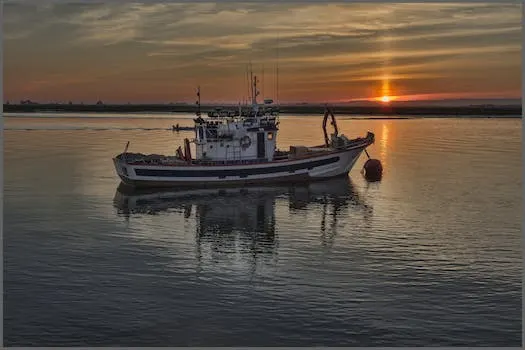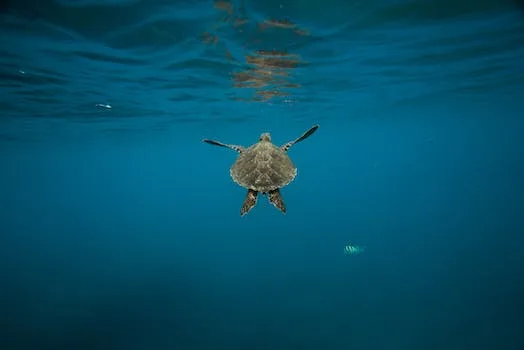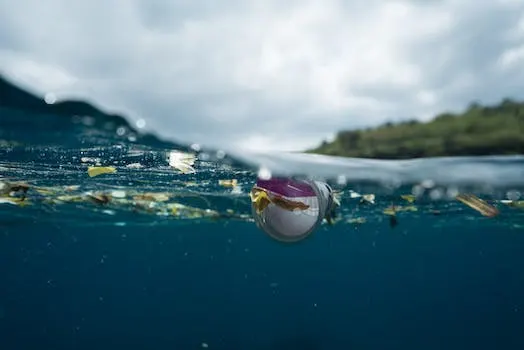
Bycatch: The Unintended Consequence of Fishing
Fishing is an integral part of many cultures around the world, but it can also come with unintended consequences. Bycatch is one such consequence, and it occurs when fishermen are trying to target a specific species and inadvertently capture other species of fish, marine mammals, and sea turtles. This leads to a decrease in their population numbers as well as potential injury or death for these animals. Bycatch not only affects the target species but also dolphins, sea turtles, protected fish, whales and other non-targeted species. It can contribute to population declines due to entanglement in fishing gear or capture by nets or hooks.
A major impediment to ensuring that fisheries are sustainable is the impact of fishing practices on both targeted and nontargeted species including bycatch of juvenile fish or other animals like seabirds, marine mammals or endangered sea turtles in commercial fishing operations. Across the globe populations of many highly migratory species have hit dangerously low levels due to bycatch which has become a major fisheries management issue negatively impacting global marine ecosystems. Reducing protected species bycatch can be difficult because it requires changes in fishing gear design as well as improved monitoring systems for compliance with regulations designed to protect vulnerable populations from overfishing.
Bycatch has become an increasingly important issue for conservationists who are working hard towards protecting vulnerable populations from further decline while still allowing fishermen access to resources they need for their livelihoods. In order for this balance between conservation efforts and economic needs to be achieved there must be better understanding of how different types of fishing gear interact with different types of habitats so that appropriate regulations can be put into place that will reduce bycatch while still allowing sustainable harvesting practices that will benefit both humans and wildlife alike.
What is Bycatch?
Bycatch is a term used to describe any species of fish or marine mammal that is unintentionally caught by fishermen. This can include a wide array of animals, from tuna, sharks, dolphins and sea turtles to jellyfish and plankton. According to the United Nations Food and Agriculture Organization (FAO), bycatch accounts for approximately one-third of the global catch of fish. Bycatch can be accidental or a result of fishing methods such as trawling, which involves dragging a large net along the ocean floor. This method can be effective for catching certain species but often results in the capture of other species as well.
Bycatch has become an increasingly serious problem worldwide due to its devastating effects on marine life populations. It results in millions of sea animals getting trapped and killed by fishing nets, lines, traps and more - including undersized animals, egg-laden females, non-target species such as dolphins and turtles as well as important groups of vulnerable species like seabirds and elasmobranchs in the Mediterranean Sea and Black Sea. The incidental catch of these non-target species has contributed significantly to their population decline over time. For example, Australia's eastern tuna and billfish fishery has had to contend with bycatch involving sharks, sea turtles and seabirds - all PET (Protected Endangered Threatened) species - which have been adversely affected due to this practice.
The consequences associated with Fisheries bycatch are far reaching; not only does it threaten marine mammals but it also affects commercial fisheries who must pay for lost catches due to damaged gear or discarded catches that cannot be sold on the market because they are too small or not targetted fish stocks . In addition ,bycatch also leads to habitat destruction when nets drag across coral reefs , damaging them beyond repair . As such , it is essential that steps are taken towards reducing this issue so that both marine life populations remain healthy while allowing commercial fisheries operations continue without disruption .
The Impact of Bycatch
Bycatch is an unintended consequence of fishing that has serious implications for the health of marine populations. It occurs when large nets used in trawling unintentionally capture animals, leading to a decrease in population numbers as animals are killed or injured. This can be particularly devastating for endangered species, further reducing their already limited numbers. In addition to the loss of life, bycatch can have other detrimental effects on the environment. The large nets used in trawling can damage fragile ecosystems such as coral reefs by destroying habitats and disrupting bottom-dwelling organisms, leading to a decrease in biodiversity and an increase in water pollution.
For NOAA Fisheries, bycatch refers to “discarded catch of marine species and unobserved mortality due to a direct encounter with fishing vessels and gear” which can occur if species do not have a bycatch limit set. Bycatch is created when marine life is unintentionally caught during commercial fishing operations at rates high enough to harm populations or alter entire ecosystems. Capelin (Mallotus villosus) are one example with measured discard rates ranging from 44% to 133%, contributing significantly to aggregate bycatch levels in the Northeast Atlantic region.
Another problem related to overfishing is that large amounts of unwanted sea animals are captured during the fishing process for a particular species which further exacerbates population decline issues caused by overfishing itself. Sea turtles are particularly vulnerable due this issue as they form an integral link within marine ecosystems; WWF works hard towards stopping illegal trade, habitat loss and especially bycatch that threaten these creatures' survival worldwide.
Solutions for Reducing Bycatch
Fortunately, there are several solutions for reducing bycatch. One of the most common methods is the use of Bycatch Reduction Devices (BRDs). These devices are designed to reduce the amount of unwanted fish and other animals that are unintentionally caught. They can include a variety of items, such as grids and panels that are attached to the net to reduce the size of the opening, as well as escape hatches that allow smaller animals to escape. In addition, changes in fishing practices can also help reduce bycatch. For example, fishermen can use different types of nets or different fishing methods to reduce the chances of unintentionally catching other species. Additionally, they can also modify their nets by adding devices such as BRDs or by changing mesh size to reduce their chance of catching smaller animals. Finally, fishermen can also reduce bycatch through more selective fishing methods like line or pole fishing which target specific species; this not only reduces potential for bycatch but increases catch rate for desired species too.
The fishing industry is increasingly aware that reducing bycatch is essential for sustainable fisheries management and has developed a range of solutions in partnership with other groups including scientists and conservationists. Fishermen have access to many different tools which help them avoid capturing non-targeted species such as LED lights and eulachon (a type of fish). Trawl efficiency devices (TEDs) have been developed which prevent capture from larger marine megafauna including sharks and stingrays while still allowing fishermen access to their desired catch without impacting on their livelihoods significantly.
A recent study has revealed further potential for sensory deterrents such as flashing lights or underwater pings which could be used in combination with TEDs in order to further decrease marine megafauna capture rates even more effectively than either device alone would be able do so independently; this could prove invaluable when it comes making sure our fisheries remain sustainable into future generations while still providing an income source for those who rely on them now too!
Conclusion
Conclusion: Bycatch is a serious environmental issue that has a devastating impact on marine populations. Fortunately, there are solutions for reducing bycatch, such as the use of BRDs and changes in fishing practices. WWF is actively working to reduce bycatch by helping develop and implement modern solutions that protect marine environments. Fitting lights to fishing gear has been found to reduce the number of marine creatures caught as bycatch, making fishing more sustainable. Most people understand bycatch as marine species that are caught unintentionally while fishing for other species, but it can also negatively affect species such as dolphins, sea turtles, protected fish, and whales through harming animals and contributing to population declines. Wherever it occurs, commercial fishing has the potential to compromise populations of nontarget species through bycatch which sometimes can lead to extinction or endangerment of certain species. By implementing these solutions we can help protect marine life and ensure that our oceans remain healthy for generations to come.










